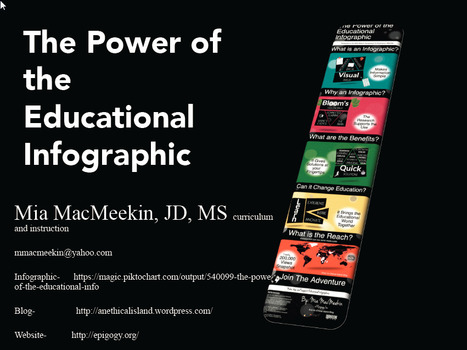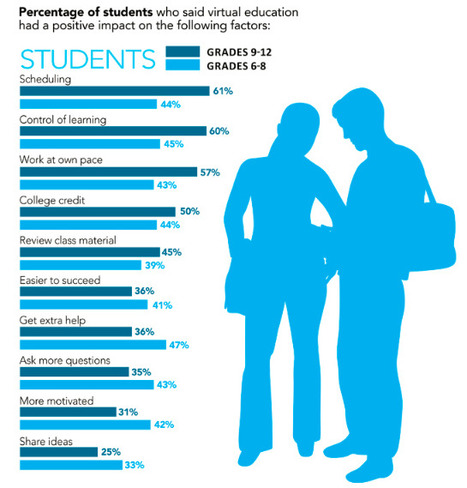Research and publish the best content.
Get Started for FREE
Sign up with Facebook Sign up with X
I don't have a Facebook or a X account
Already have an account: Login
Tech tools that assist all students to be independent learners & teachers to become better teachers
Curated by
Beth Dichter
 Your new post is loading... Your new post is loading...
 Your new post is loading... Your new post is loading...

David Collins's curator insight,
October 29, 2014 1:27 AM
An enlightening perspective on the decline of creativity in children.

Susy Parsons's curator insight,
April 13, 2014 7:20 AM
Is going paperless in schools really an option with todays digital technology advances? |

Audrey's comment,
February 19, 2013 3:00 PM
This idea is very Piagetian: An example of confusion would be disequilibrium. It is at this point that you will begin to master something which you found difficult, or was confused about. So at the point of confusion or disequlibrium you must distance yourself from the problem and return to it later. Your brain will have absorbed the material and worked it out. You are now at the stage of equilibrium.
|

















Have you had people ask you why you choose to use infographics in your classroom? This presentation is by Mia MacMeekin, who has created many great infographics (some of which have been posted on this Sccop.it). The best way to access this is in PDF format. This file is quite large so here is a direct link to it: http://anethicalisland.files.wordpress.com/2013/10/rscon-presentation-22.pdf